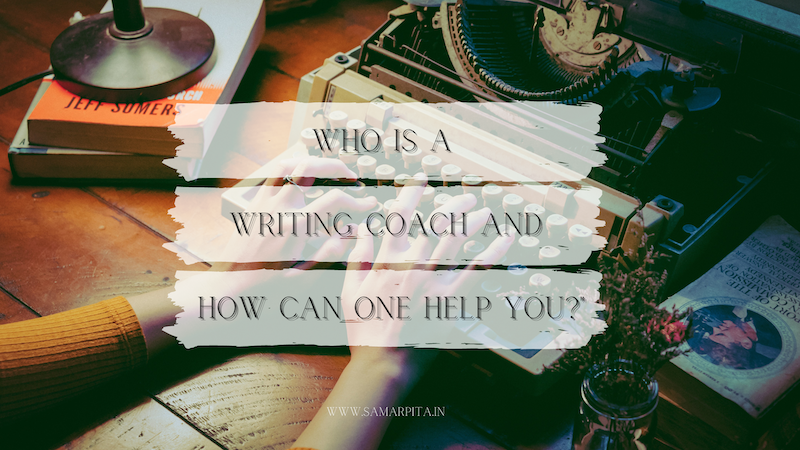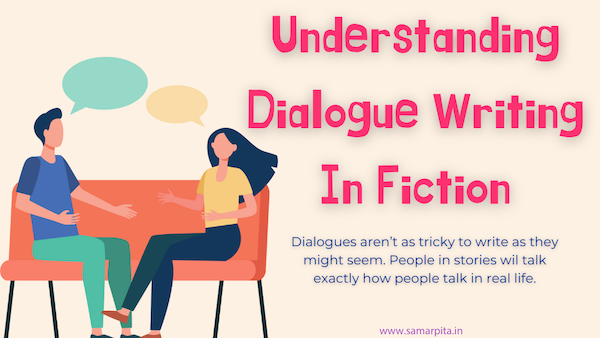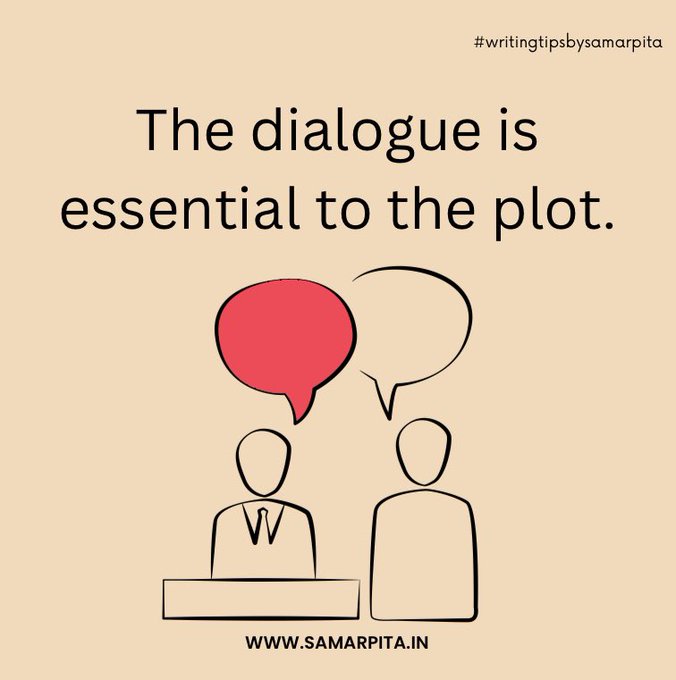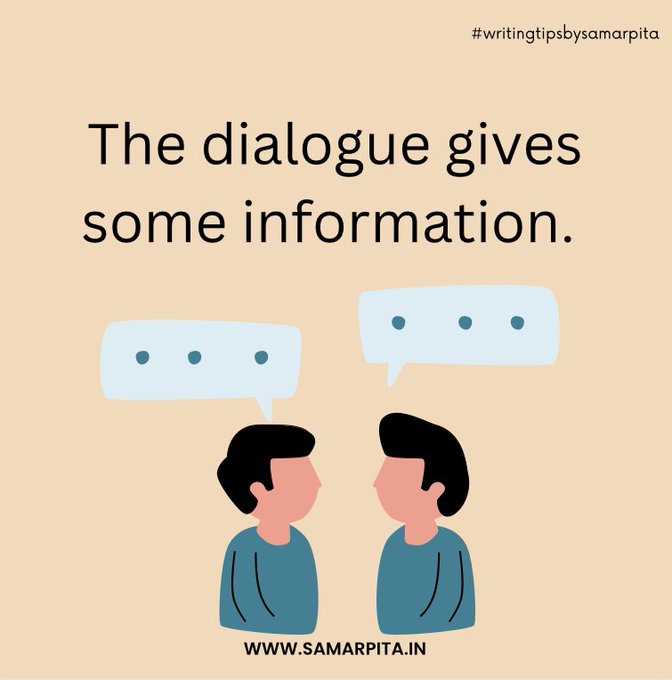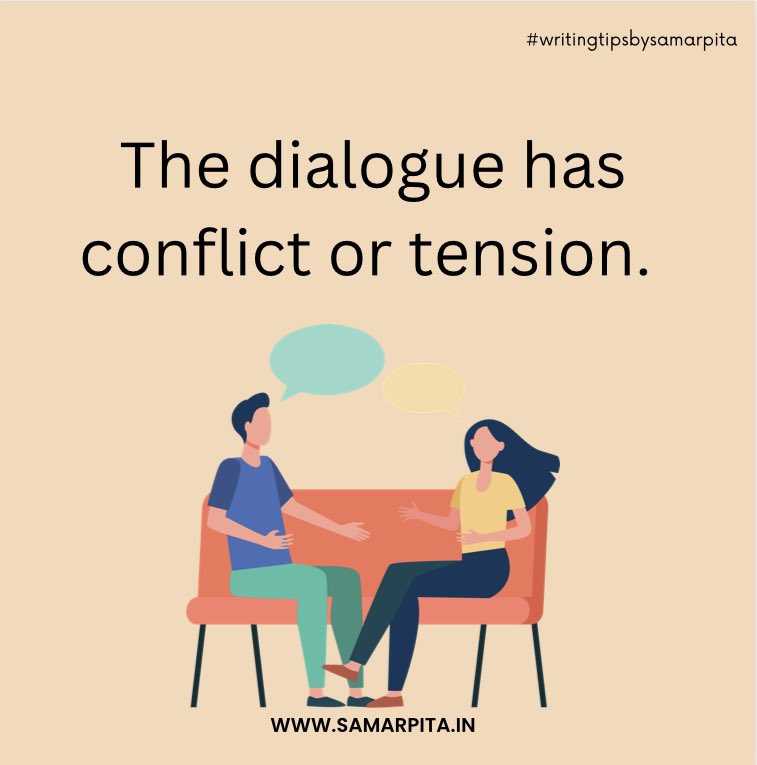A writing coach is a professional who provides guidance and support to writers to help them improve their writing skills, achieve their writing goals, and overcome any challenges they face in the writing process. A writing coach is not an editor or a proof reader or a ghostwriter, but some do offer these services too.
Broadly, the jobs of an editor and a writing coach might seem the same but the difference is actually quite broad. For starters, a book coach would help you before your first draft is complete.
View this post on Instagram
Difference between a writing coach and an editor
A writing coach focuses on helping writers develop and improve their writing skills, offering guidance on style, structure, and content. An editor, on the other hand, focuses on improving the final product, checking for grammar, spelling, and punctuation errors, and ensuring the writing is clear, concise, and effective. A coach helps writers grow, while an editor helps writing shine.
Also Read: The Ultimate Guide To Hiring A Beta Reader
Few ways an author can benefit from a writing coach
- Improved writing skills and techniques
- Enhanced creativity and originality
- Increased motivation and accountability
- Objectivity and constructive feedback
- Overcoming writer’s block and creative ruts
- Better time management and productivity
- More effective writing processes
- Achieving writing goals and reaching publishing success.
View this post on Instagram
Also Read: The Hows & Whys Of Blogging For Your Business
When should one hire a writing coach?
An author might consider hiring a writing coach when:
- Struggling with writer’s block or a lack of inspiration
- Needing objective feedback and guidance on their writing
- Seeking to improve their writing skills and techniques
- Aiming to increase productivity and reach publishing goals
- Wanting to overcome creative ruts or other challenges in the writing process
- Looking for motivation and accountability in their writing journey.
Also Read: Five Mistakes You Could Be Making While Writing Your Book
How Can I Be Your Ideal Writing Coach?
- Understand your goals and needs.
- Provide clear, actionable feedback.
- Encourage and motivate you.
- I stay up to date with writing techniques and trends.
- I embrace a growth mindset and try to foster it in my clients.
- I believe in a positive and supportive coaching relationship.
Read my ebook WRITE. EDIT. PROMOTE. to learn the basics about becoming an author – from writing your own book, to editing your first draft, and to promoting your book yourself! You can also read my ebook How To Write A Story Effectively and learn some valuable lessons about how a story can go from average to extraordinary. This book is part 1 of the series.
In fiction, I have two short stories for children in an ebook called Bedtime Stories.
Follow me on Instagram and Twitter. Send me an email at editor@samarpita.in for editing, content, coaching, or social media planning.

